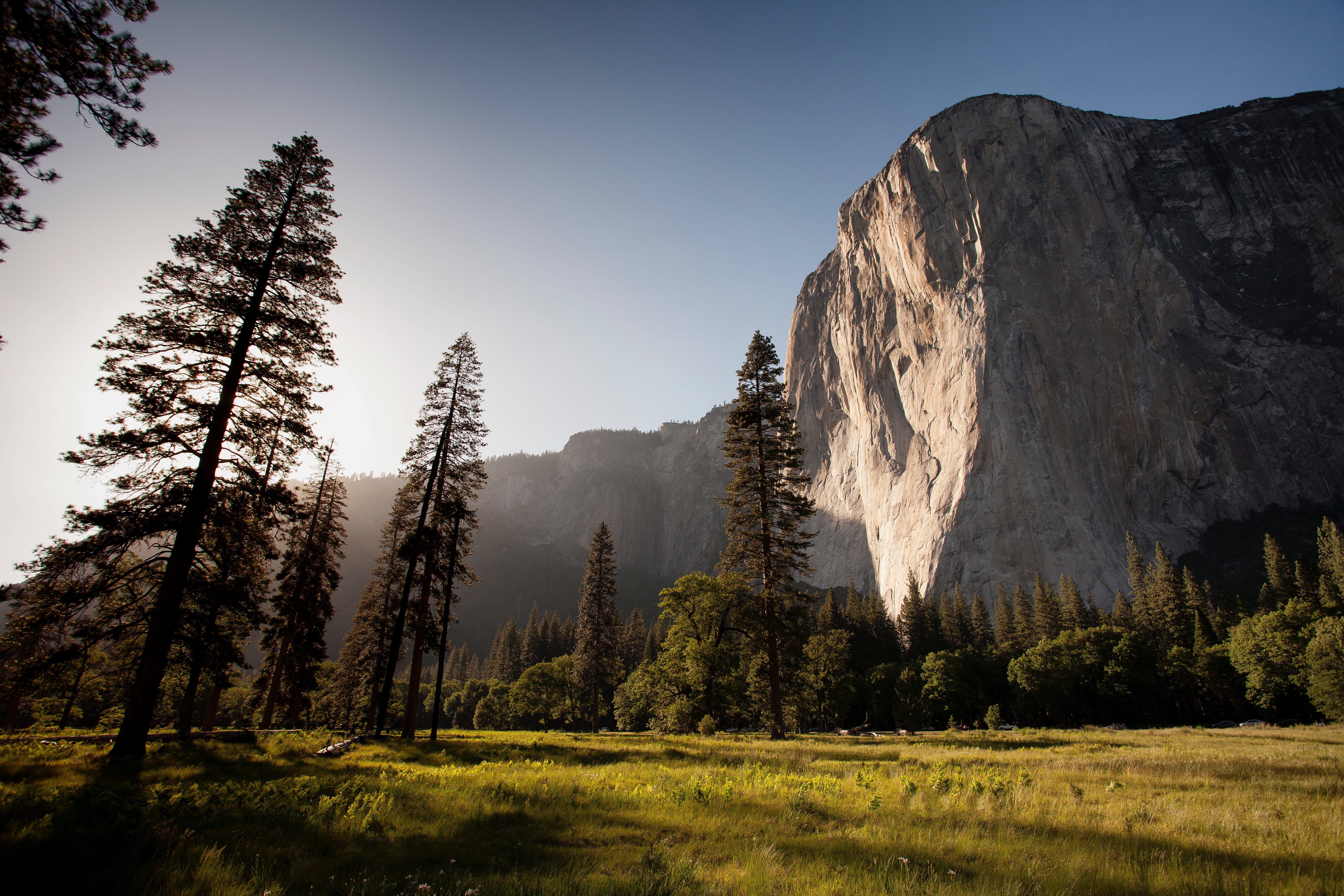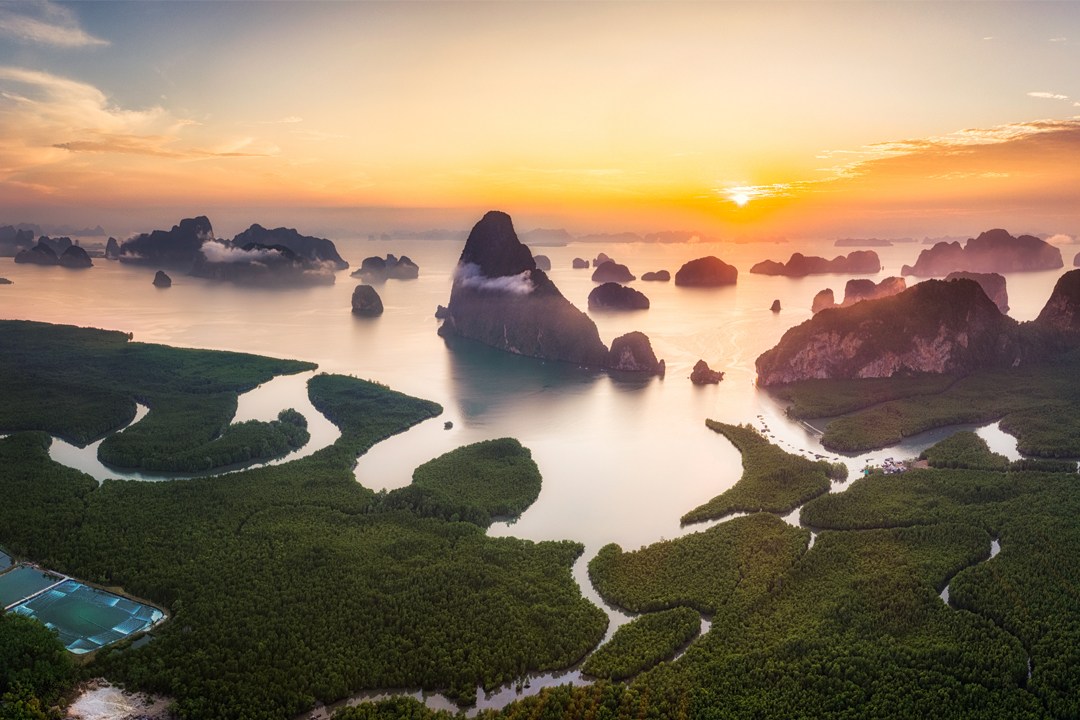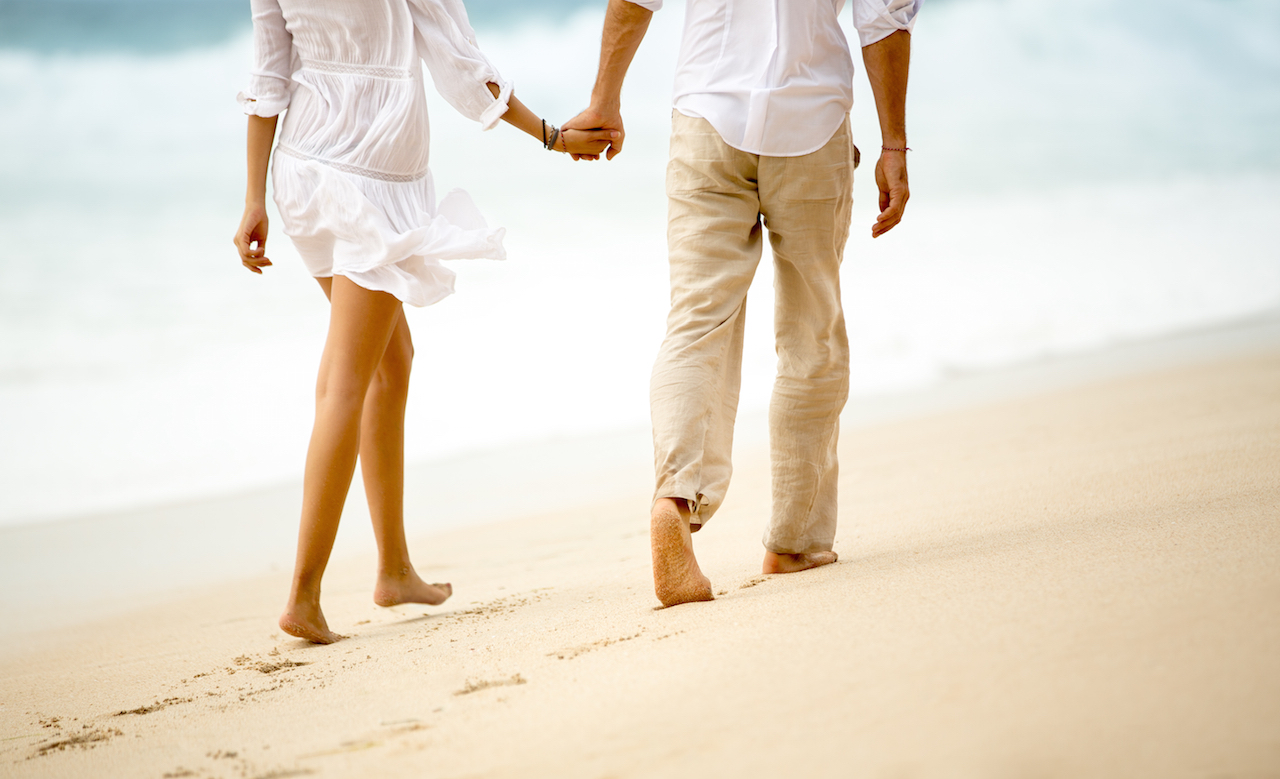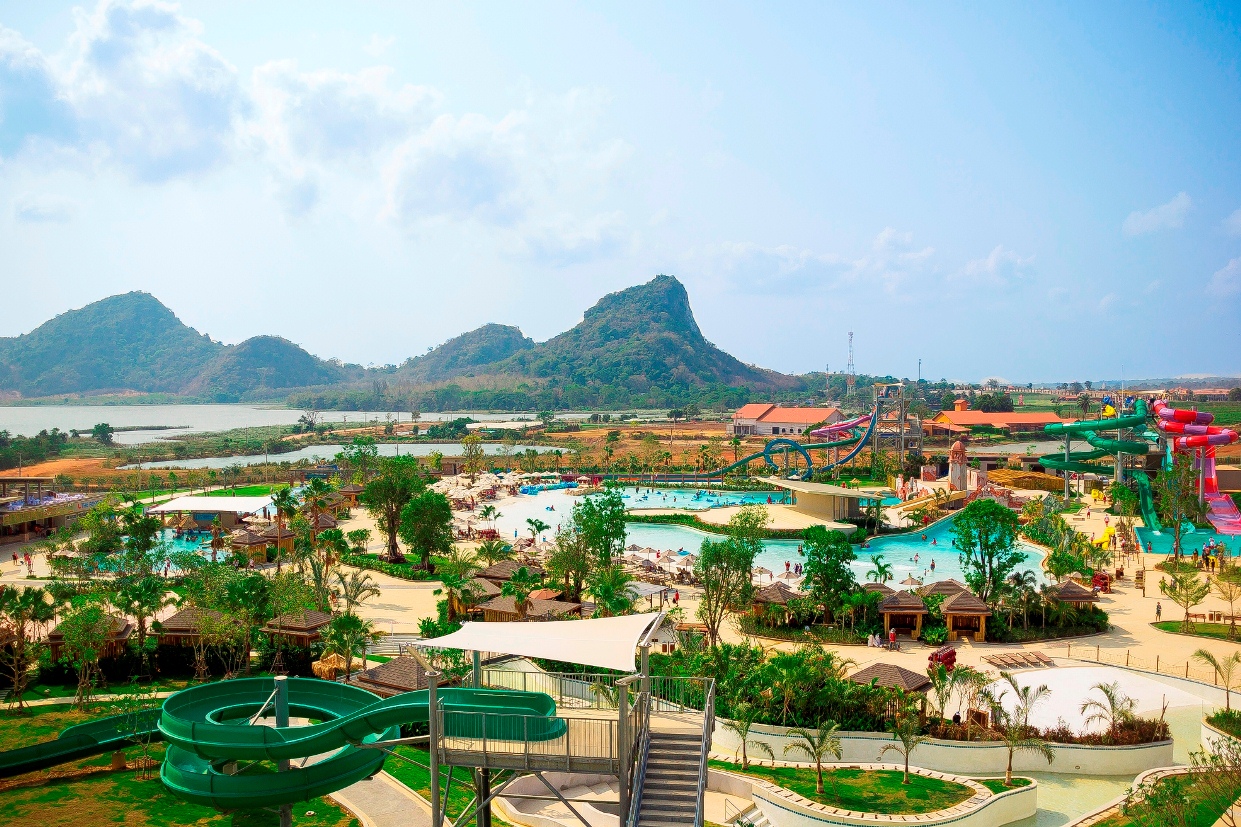4 Travel Tips For Nature Lovers
Spending time in nature has been associated with a whole host of benefits. It can help us think more clearly, improve our mood and help us relax. We’re all living a fast-paced life, and nature provides us with an opportunity to disconnect from the stresses of every day and get back to our best. Here are four tips to help you get the most from your next nature break:
Story by Thea Felker
Choose your destination carefully
The way we travel has changed. In the past, we used to spend a long time planning each trip – but millennials prefer the spontaneity of a last-minute adventure.
However, this isn’t always the best strategy for a nature holiday. A little extra planning can make a big difference – both in terms of finding a destination that lives up to your expectations and ensuring everything goes to plan when you get there.
It’s also important to consider the time of year you will be visiting, as this can affect your trip. For example, parts of Yosemite National Park are inaccessible in winter due to road closures, but the park is extremely busy in the spring and summer months. If you want to see the park at it’s best, you will need to book your trip months in advance to ensure availability.

Take care of the environment
There’s often a huge discrepancy between the shots you see on Instagram and the reality of a destination behind the camera lens. For example, most of the world’s beaches are now awash with plastic, thanks to the estimated 8 million pieces of plastic that find their way into our oceans each day.
Be part of the solution, not the problem. Take your waste away with you – and, if possible, take part in a clean-up while you’re there. Make sure the places you visit are in a better state when you leave than they were when you arrived.

Don’t rely on technology
Don’t expect to have access to the Internet on your travels. Some of the best experiences happen when we go off the grid – but it’s important to be prepared.
Plan your route ahead of schedule, printing out any maps or information you require before you leave. Travelling in nature often comes with increased risk, especially if you’re heading away from the most popular, tourist-filled destinations. Being well prepared for unexpected events can save your life.
Take high visibility clothing with you, extra water and a way to attract attention if you end up stranded without any telephone signal. It’s unlikely you will need to use them, but it’s better to be prepared.

Slow down
A break in nature should be very different from a weekend sightseeing in a big city. Slow the pace down – and then slow it down again. Take the time to soak in your surroundings and enjoy them.
There’s an increasing body of research to suggest slowing down in nature comes with an impressive list of health benefits. To get the most from it, you’ll need to take your foot off the metaphorical gas a little and relax into your new environment.
Whilst you need to be mindful of the time, especially if you’re heading deep into the wilderness, try not to cram too much into your schedule. Be realistic about how long your planned route will take you – and build in extra time to sit and enjoy various points along the way.
As John Muir once said, “The world’s big and I want to have a good look at it before it gets dark.”
Images: Cr. unsplash.com







